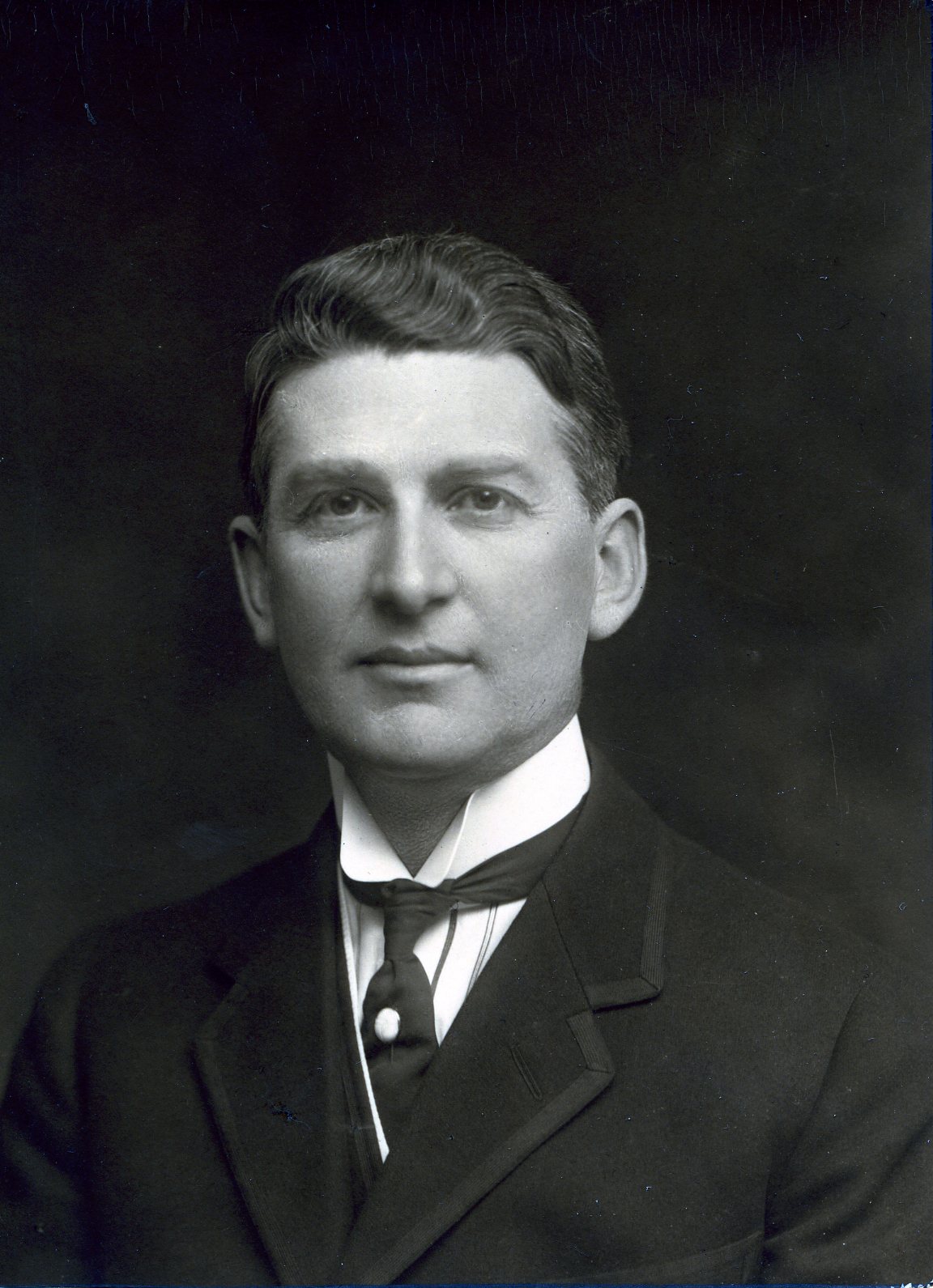Architect
Centurion, 1919–1928
Born 23 July 1863 in Wellsville, New York
Died 30 December 1928 in New York (Manhattan), New York
Buried Evergreen Cemetery , Stonington, Connecticut
, Stonington, Connecticut
Proposed by Nelson S. Spencer and William Rutherford Mead
Elected 1 November 1919 at age fifty-six
Century Memorial
The remarkable artistic dignity and beauty of the important commercial buildings, erected in New York and elsewhere in the United States during the past quarter-century, resulted in great measure from the genius of Edward Palmer York. Before the turn of the century, the imparting of grace or distinctive character to the city’s banking and office buildings was usually given up as hopeless. The structures towered higher and higher, in the perpetual replacement of old buildings by new which William Hone pointed out as the habit of New York as long ago as 1832; but their architecture began to approach more nearly the picture of barracks or storage warehouses. York saw from the first the imaginative possibilities of such buildings, even in the city’s narrower down-town streets. The list of his subsequent achievements is a catalogue of the highest artistic interest—the Bowery Savings Bank, for instance, the Guaranty Trust building on lower Broadway, the New York Historical Society, the Riggs National Bank at Washington. Possibly superseding all for character and appropriateness, he designed the Federal Reserve building on Liberty Street, whose massive front conveys even to the casual observer an impression of power and sober dignity that is rarely found, even in the work of classic architecture, outside of the Florentine palaces. It was not alone that York’s mind was imbued with the artistic conceptions of that older period, but that his imagination had intuitively grasped the possibilities of a Pitti or Strozzi exterior placed in the environment of Twentieth Century Manhattan.
York, like his surviving partner in architectural achievement, was a constant visitor at the Century; his quiet and modest personality was familiar to frequenters of the Club, on whose committees he had often served. With his fellow-citizens, the artistic beautifying of the city is his monument.
Alexander Dana Noyes
1929 Century Association Yearbook

